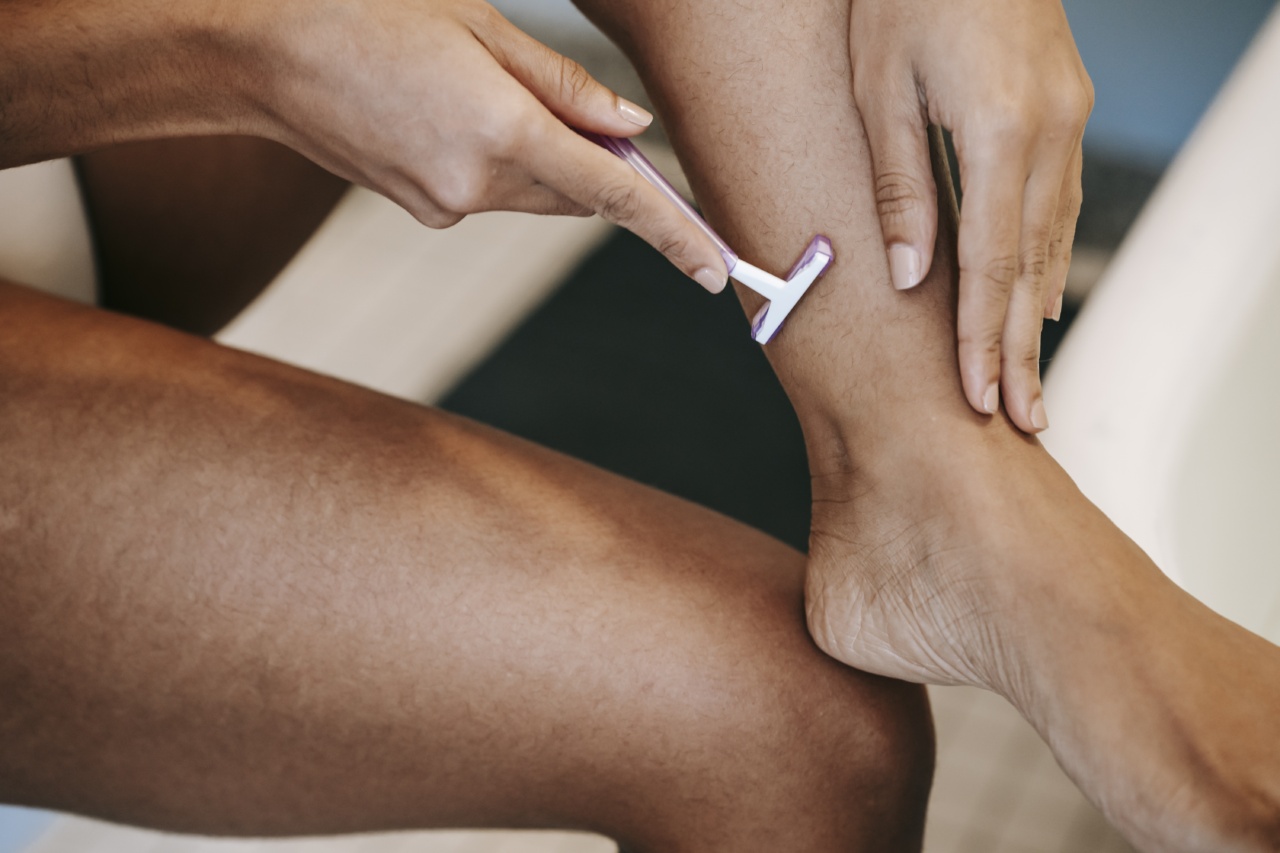Stretch marks are a common concern among women, especially during certain phases of life such as pregnancy or rapid growth periods. They can appear on various parts of the body, including the stomach, hips, breasts, thighs, and buttocks.
While stretch marks are generally harmless, they can be a source of cosmetic discomfort for many women. Understanding the common causes of stretch marks can help individuals take preventive measures and manage their appearance effectively.
1. Pregnancy
Pregnancy is one of the leading causes of stretch marks in women. As the baby grows and the belly expands, the skin stretches to accommodate the increasing size.
This stretching puts immense pressure on the collagen and elastin fibers in the skin, eventually leading to the formation of stretch marks. Hormonal changes during pregnancy can also contribute to the development of stretch marks by weakening the skin’s elasticity.
2. Puberty
During puberty, girls experience rapid growth spurts due to the hormonal changes in their bodies. This sudden growth can result in the stretching of the skin, leading to the formation of stretch marks.
Common areas affected during puberty include the hips, thighs, and breasts.
3. Weight Fluctuations
Significant weight fluctuations, either weight gain or weight loss, can contribute to the development of stretch marks. When the body rapidly gains weight, the skin stretches beyond its capacity, causing the underlying connective tissues to tear.
Similarly, losing a substantial amount of weight quickly can lead to the formation of stretch marks as the skin lacks sufficient elasticity to shrink back to its original size.
4. Genetics
Genetics can play a significant role in determining an individual’s susceptibility to stretch marks. If your close family members have stretch marks, there’s a higher chance that you may develop them as well.
Genetic factors influence the production and quality of collagen and elastin fibers, which are responsible for maintaining the skin’s elasticity and preventing stretch marks.
5. Corticosteroid Medications
Long-term use of corticosteroid medications, either topical or oral, can lead to the thinning of the skin and decreased elasticity. This makes it easier for stretch marks to develop even with minimal stretching or weight changes.
Corticosteroids can be prescribed for various conditions, such as asthma, eczema, or autoimmune diseases.
6. Hormonal Changes
Hormonal imbalances or changes in the body can affect the skin’s elasticity and increase the likelihood of developing stretch marks.
Conditions such as Cushing’s syndrome and Marfan syndrome, which involve hormonal and connective tissue abnormalities, respectively, can contribute to the formation of stretch marks.
7. Rapid Muscle Growth
Intense physical training or weightlifting can lead to rapid muscle growth, which can cause the skin to stretch beyond its limits.
This can result in the appearance of stretch marks, particularly in areas where muscle gains are prominent, such as the shoulders, arms, and thighs.
8. Breast Implants
Undergoing breast implant surgery can also increase the risk of developing stretch marks on the breasts. The rapid changes in breast size and the stretching of the skin can lead to the formation of stretch marks.
9. Chronic Health Conditions
Certain chronic health conditions, such as Ehlers-Danlos syndrome and other connective tissue disorders, can weaken the skin’s structure and make it more susceptible to stretch marks.
These conditions affect the collagen and elastin fibers, compromising the skin’s elasticity and resilience.
10. Sun Damage
Excessive exposure to ultraviolet (UV) rays from the sun can damage the collagen fibers in the skin, leading to the formation of stretch marks.
The harmful effects of the sun can weaken the skin’s elasticity and make it more prone to stretch marks.






























